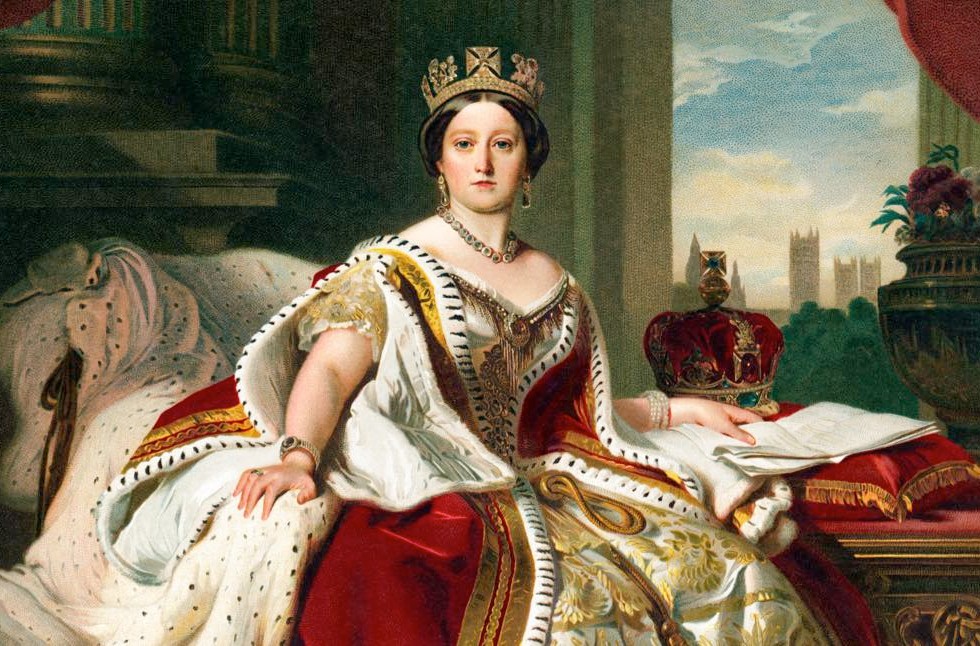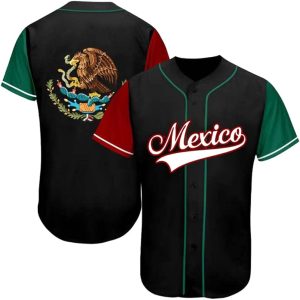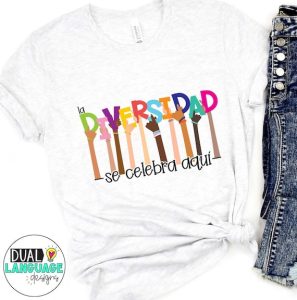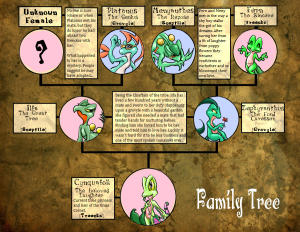Victorian era last names were diverse and often reflected family occupations, geographical locations, or personal qualities. These surnames provide valuable insights into the historical and cultural context of the time.
Let’s explore the fascinating world of Victorian last names and delve into their origins, meanings, and significance in this compelling era of British history.
Table of Contents
ToggleVictorian Era Last Names
Exploring the intriguing world of Victorian last names brings us back to a time of elegance and tradition. From the origins to their significance, delve into the fascinating realm of Victorian Era last names.
Origins Of Victorian Last Names
- Victorian last names derive from occupations, locations, and personal characteristics.
- Common prefixes like “Fitz,” meaning “son of,” highlighted lineage.
- Immigrants often anglicized names for assimilation during this era.
Significance Of Last Names In Victorian Era
- Last names denoted social standing and were crucial for identification.
- They reflected heritage, family connections, and sometimes, noble ancestry.
- Unique surnames could distinguish an individual within society.
Evolution Of Last Names
Explore Victorian Era last names, revealing a shift towards occupation-based surnames. Common names mirrored societal roles and trades, reflecting an evolving naming tradition during that period. Engage with the fascinating evolution of last names in the Victorian Era.
Social Hierarchy Impact On Last Names
The Victorian Era was a time marked by a rigid social structure, where class and status were of utmost importance. Last names, or surnames, during this period often reflected an individual’s position within society. The social hierarchy had a significant impact on the evolution of last names in the Victorian Era.
During this time, the upper class held the most prestigious and influential positions in society. Their surnames were often derived from family names, titles, or estates, emphasizing their noble lineage. These names served as a status symbol, signifying wealth, power, and heritage. Examples of such surnames include Fitzroy, Cavendish, or Churchill.
On the other hand, the middle class often adopted occupational last names which reflected their professions. These names provided a clear delineation between different segments of society. If you were a carpenter, your surname might be Carpenter, or a blacksmith’s surname could be Smith. Occupations such as Baker, Taylor, or Cooper became common surnames within the middle class.
Even the lower class individuals were not exempt from the influences of social hierarchy. Many of their last names were derived from their place of origin, nicknames, or physical attributes. For instance, someone with a surname like Hill may have lived near or on a hill, while someone named Brown might have had a darker complexion. These surnames were often based on simple and easily identifiable characteristics.
Influence Of Occupation On Surnames
Occupation played a significant role in the evolution of Victorian Era last names. As society shifted from agrarian to industrial, the demand for specialized occupations increased. With this change, last names started to reflect the specific tradespeople were engaged in.
For example, if someone worked as a tailor, their surname might be tailor-related, such as Taylor or Taylorson. Similarly, individuals engaged in specific crafts like carpentry, mining, or smithing would adopt corresponding occupational surnames.
These occupational last names not only identified a person’s trade but also facilitated easy recognition within their respective communities. They provided a sense of pride and identity to those engaged in specialized work, making it easier to distinguish between individuals with similar first names.
In conclusion, the evolution of last names during the Victorian Era was influenced by the social hierarchy and occupation held by individuals. Surnames served as identifiers of social status, occupation, and sometimes, a person’s place of origin or physical attributes. The diversity in last names during this period reflects the intricate dynamics of the Victorian society and provides invaluable insights into the lives and identities of those who lived during that time.
Popular Victorian Last Names
In the Victorian era, certain surnames were exceptionally common and prevalent throughout society. Smith was one of the most widespread surnames during this period, likely due to the prevalence of blacksmiths and other metalworkers. Another widely seen surname was Brown, believed to have originated from the Old English word for the color brown.
Moreover, Johnson and Williams were also prominent last names during the Victorian era. Johnson is a patronymic surname of English origin, often derived from the given name John, and Williams has Welsh origins, originating from the personal name William.
Amidst the common Victorian last names, there were also many unique and distinctive surnames that were prevalent during this historical period. Pemberton, Montgomery, and Hollingsworth are examples of such unique surnames that were popular in the Victorian era.
These names carried a sense of grandeur and sophistication, often associated with aristocratic families and the upper echelons of society. Furthermore, surnames like Fitzwilliam and Bannister exude an air of nobility, evoking images of opulent estates and refined lineage.
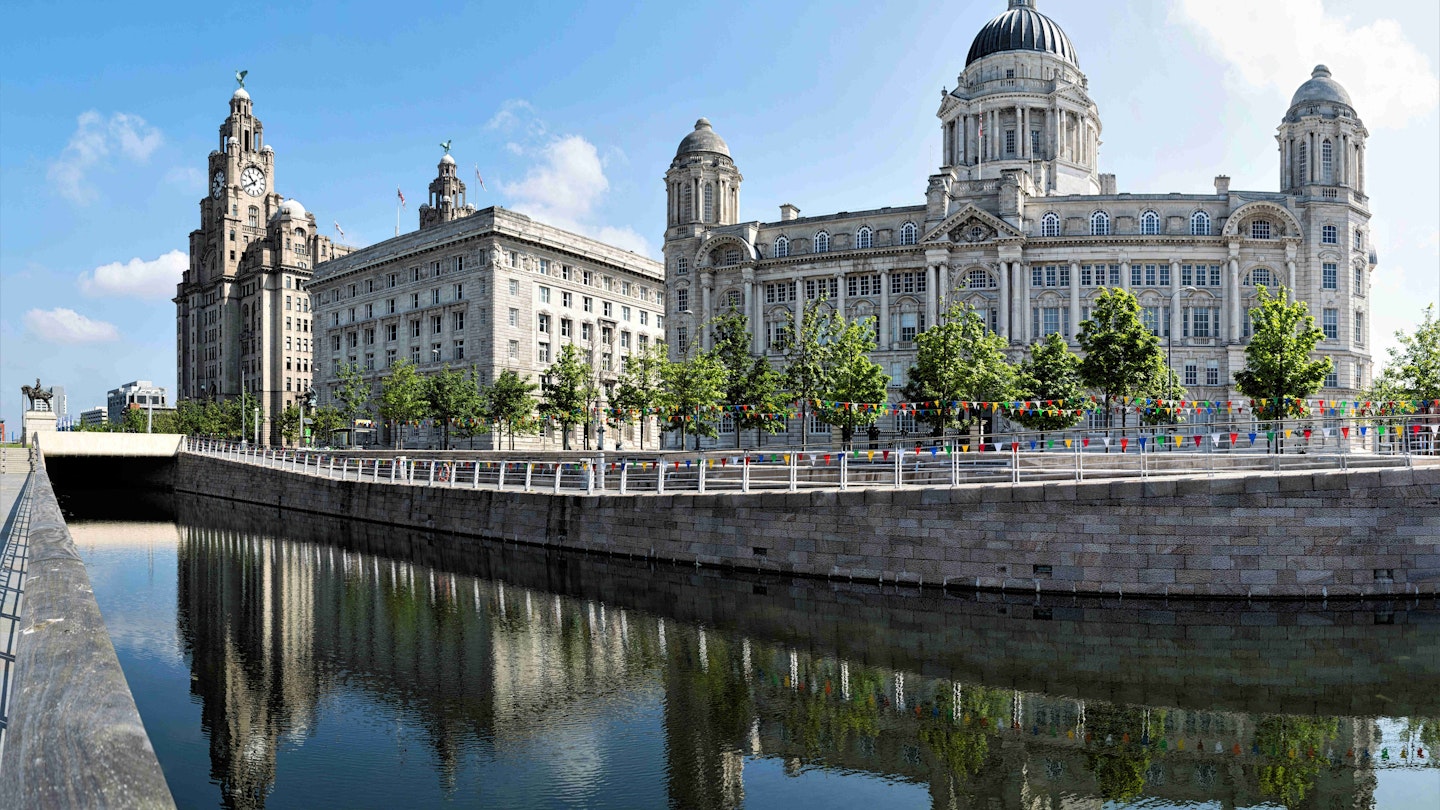
Credit: www.lonelyplanet.com
Changing Trends
The Victorian era brought about a unique and distinctive set of surnames that reflected the societal norms and historical events of the time. Over the years, there has been a noticeable shift in the perception and adoption of these surnames. The changing trends in modern society have seen a resurgence and revival of Victorian era last names in various contexts, from personal use to popular culture.
Modern Adoption Of Victorian Last Names
In recent years, there has been a notable trend in the modern adoption of Victorian last names. Families and individuals are increasingly embracing these historical surnames as a way to honor their ancestry or simply as a distinctive choice. Victorian era last names such as “Hawthorne,” “Montgomery,” and “Blackwood” have seen a surge in popularity for their classic and elegant appeal. This trend reflects a desire for uniqueness and a connection to the rich history of the Victorian era.
Revival Of Victorian Era Surnames In Pop Culture
The revival of Victorian era surnames in pop culture has been evident in various forms of media and entertainment. From literature to film and television, these classic names have made a comeback, adding a touch of nostalgia and sophistication. Characters with names like “Wilton,” “Whitmore,” and “Pemberton” have captured the imaginations of audiences, contributing to the renewed interest in Victorian era last names. This revival not only reflects a fascination with the past but also serves to infuse contemporary narratives with a sense of timeless charm.
Legacy Of Victorian Last Names
The Victorian era, spanning from 1837 to 1901, was a time of great change and progress. During this period, surnames played a significant role in society, not only as a means of individual identification but also as a reflection of social status and family lineage. The legacy of Victorian last names continues to intrigue and captivate us, as we uncover the stories behind these historical monikers.
Historical Preservation Of Victorian Surnames
The preservation of Victorian surnames has become a vital part of our historical records. Through meticulous research and genealogical efforts, historians and archivists have worked tirelessly to maintain an accurate account of these names. By cataloging and documenting the origins and meanings of Victorian last names, we not only preserve our heritage but also gain valuable insights into the cultural and social dynamics of the era.
One fascinating aspect of the historical preservation of Victorian surnames is the development of extensive family history records. These records, often kept in archives and libraries, provide a treasure trove of information for individuals tracing their lineage back to this remarkable era. From birth and marriage certificates to census data and wills, these documents allow us to connect with our ancestors on a personal level and understand the significance of their identified surnames.
Continued Use Of Victorian Last Names Today
While the Victorian era may seem like a distant memory, the influence of its surnames continues to resonate in our modern-day society. Many families have proudly held onto their Victorian last names, passing them down through generations as a testament to their heritage and familial ties. In some cases, these names have even become renowned and have gained recognition beyond their historical context.
Moreover, names originating from the Victorian era are often used to evoke a sense of nostalgia and elegance. As trends come and go, these names remain timeless and still capture our imagination. Whether it’s choosing a character name for a novel or considering unique options for newborns, Victorian last names offer a touch of sophistication and vintage charm.
Victorian last names also serve as a gateway to the past, enabling us to connect with an era marked by elegance, innovation, and societal changes. By embracing these names, we can honor the traditions and contributions of our Victorian ancestors, keeping their memory alive in a rapidly evolving world.

Credit: www.facebook.com

Credit: www.facebook.com
Frequently Asked Questions Of Victorian Era Last Names
What Are Common Victorian Last Names?
Common last names during the Victorian era include Smith, Jones, Brown, Williams, and Taylor, reflecting the prevalent trades and occupations of the time.
Did Victorian Women Change Their Last Names After Marriage?
During the Victorian era, it was customary for women to take their husband’s last name after marriage. This tradition was a reflection of the prevailing societal norms and expectations of the time.
How Were Victorian Last Names Determined?
Victorian last names were often determined by a person’s occupation, location, or a significant family characteristic. This naming convention provided insight into an individual’s background and heritage during that era.
What Role Did Victorian Last Names Play In Society?
Victorian last names served as a distinguishing factor in society, often indicating one’s social standing, occupation, or familial connections. Understanding the significance of these names offers valuable insight into the historical context of the Victorian era.
Conclusion
Victorian era last names offer a fascinating peek into the rich history and social structure of that time. From aristocratic surnames to occupational and location-based ones, these names paint a vivid picture of a bygone era. By understanding the meaning and significance of Victorian era last names, we gain a deeper appreciation for the culture and traditions of the time.
These names not only carry historical value but also have the potential to add a touch of elegance and charm to contemporary contexts.

Mother of Two children. I’m a former teacher with a background in child development and a passion for Good parenting. I understand child development and know how to develop activities to help children learn and grow. Spare time, I enjoy spending time with my family, reading, and volunteering in my community. Read More

